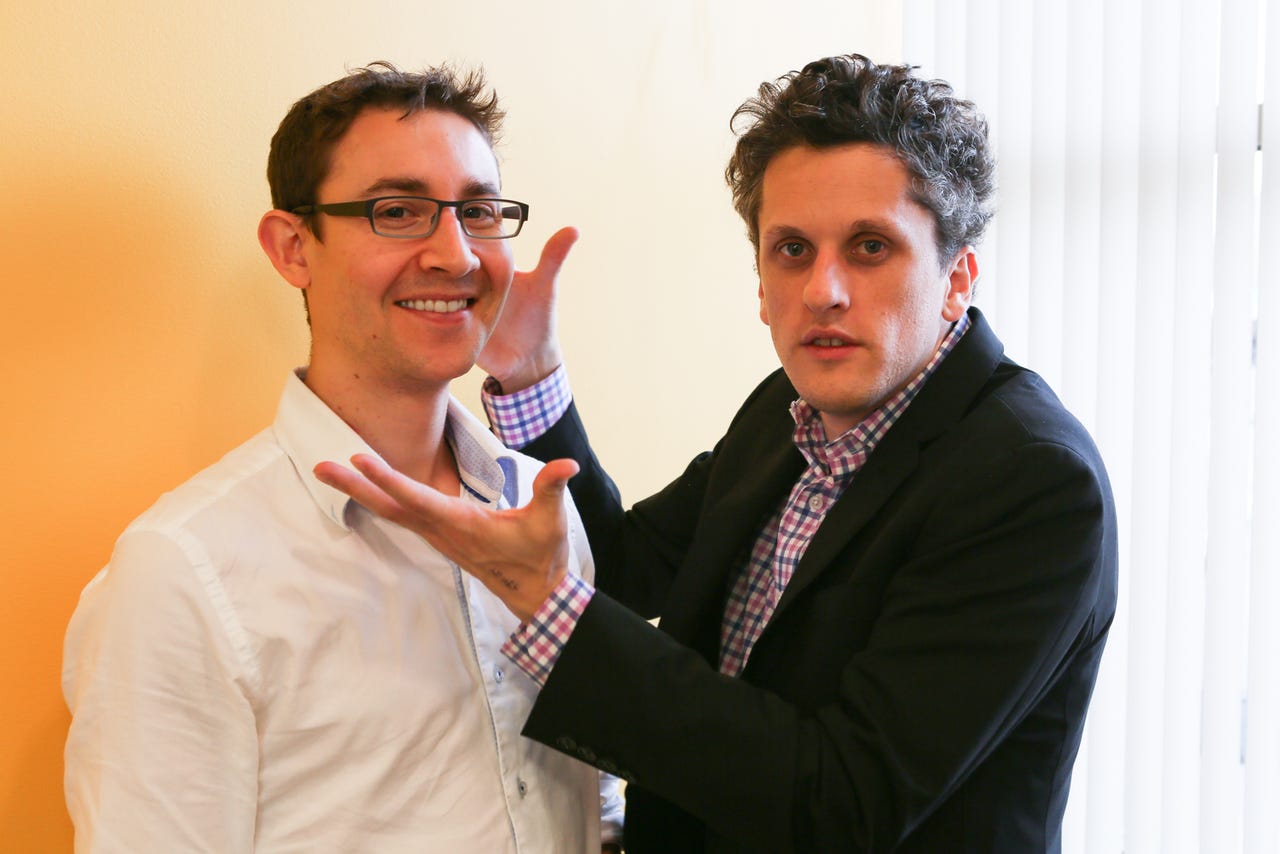Unboxing Box: The proverbial, and inevitable, jump over the startup cliff


Box pulls trigger on IPO
On a blustery afternoon in November 2013, I had the chance to catch up with Box co-founders Dylan Smith and Aaron Levie to witness their camaraderie in person.
Instead of the icy stereotype in which co-founders of the most successful startups are usually not on speaking terms outside the office (or maybe even in the office), Smith and Levie’s friendship looks stronger than ever, with Levie comparing the decision to quit school to jumping off a cliff.
Smith added, “It was a rational jump that we did. We saw a sort of pattern below us.”
But at the time, success was by no means certain.
“We had a lot of unsuccessful pitches in Seattle in the venture capital community up there, and most of them turned us down,” Levie recalled.
Part of this was down to timing.
Levie explained, "The Valley was experiencing Facebook and YouTube and some very successful early companies. Seattle didn’t have it. People didn’t rely on the same sense that there was going to be this re‑emergence and renaissance again on the Internet."
“If you think about it, Seattle had gone through the bubble just like everybody else, but they hadn’t come back in the same way the Valley had,” Levie explained. “The Valley was experiencing Facebook and YouTube and some very successful early companies. Seattle didn’t have it. People didn’t rely on the same sense that there was going to be this re‑emergence and renaissance again on the Internet.”
The youthfulness of the two didn’t really help, either, as Smith noted, “I think it was just a much more traditional approach to venture capital and much more of an old school approach. A couple of 19- and 20-year-olds starting a business isn’t that old school.”
Many startup stories, going all the way back to the early days of Apple and Microsoft, typically include a parent’s garage. So it’s fitting that Smith and Levie first set up shop in 2005 in Berkeley, California in a garage converted into a cottage owned by Levie’s uncle near the Ashby BART metro station.
Jeff Queisser and Sam Ghods, now vice presidents of technical operations and technology at Box respectively, eventually moved in, and the four of them lived and worked there for roughly 10 months before moving down to Palo Alto.
“It was just a crazy roll of the dice that you had Aaron as the business guy, the overall strategy guy. And you had Dylan as the finance, numbers, insurance, HR, and legal guy. And then you had myself on tech ops, and you had Sam on engineering. So it all clicked pretty early.”
The garage-turned-cottage housed a central living area with a bedroom and small kitchen, the latter of which Queisser simply described as “always really not in great shape.”
Then there was a second cottage on the property, mainly used for sleeping. The living room floor plan consisted of four desks pushed up against each of the walls. The four of them would be working full-time throughout most of the day with headphones on, communicating vocally rarely but rather sticking with instant messenger —even though they were less than two feet away from each other at all times.
Queisser remembers, “This was like camp. It was the most fun thing ever. I got to full time, just do the thing I really want to do. All day coding, then at night not just being a developer, a software engineer, then also being heavily involved in the strategy and the future of the company. It was really amazing.”
“It was just a crazy roll of the dice that you had Aaron as the business guy, the overall strategy guy. And you had Dylan as the finance, numbers, insurance, HR, and legal guy. And then you had myself on tech ops, and you had Sam on engineering. So it all clicked pretty early.”
Box's road to IPO
After Berkeley, the Box team moved operations across the Bay into another cottage, this time in Palo Alto at 1895 El Camino Real, described by the founding team as a larger house with a bedroom on the second floor, which included a loft, as well as two garages.
Ghods said, “Our first thought seeing the garages was, ‘Oh, we could live in the garages, and we could let the main space be for work.’”
Queisser and Levie shared one garage, and Ghods got one for himself. Smith nabbed the actual bedroom.
The living room on the second floor served as the “boardroom,” decorated with Ikea tables and sometimes hosting senior executives from Dell, Hewlett-Packard, and other major companies.
“What happened is these meetings, of course, would also be at 9:00 AM, so they’d be meeting and then we’d wake up around then and think, ‘Gee, we really have to use the bathroom.’ But the bathroom is down there. You have this conflict of wanting to wait it out, but if you just walked downstairs it was very awkward because it was very clear we were up there the whole time, which nobody knew,” Queisser said.
Ed. Note: This is an excerpt from "How Aaron Levie and his childhood friends built Box into a $2 billion business." For the full long read as well as a downloadable PDF version, head over to TechRepublic.